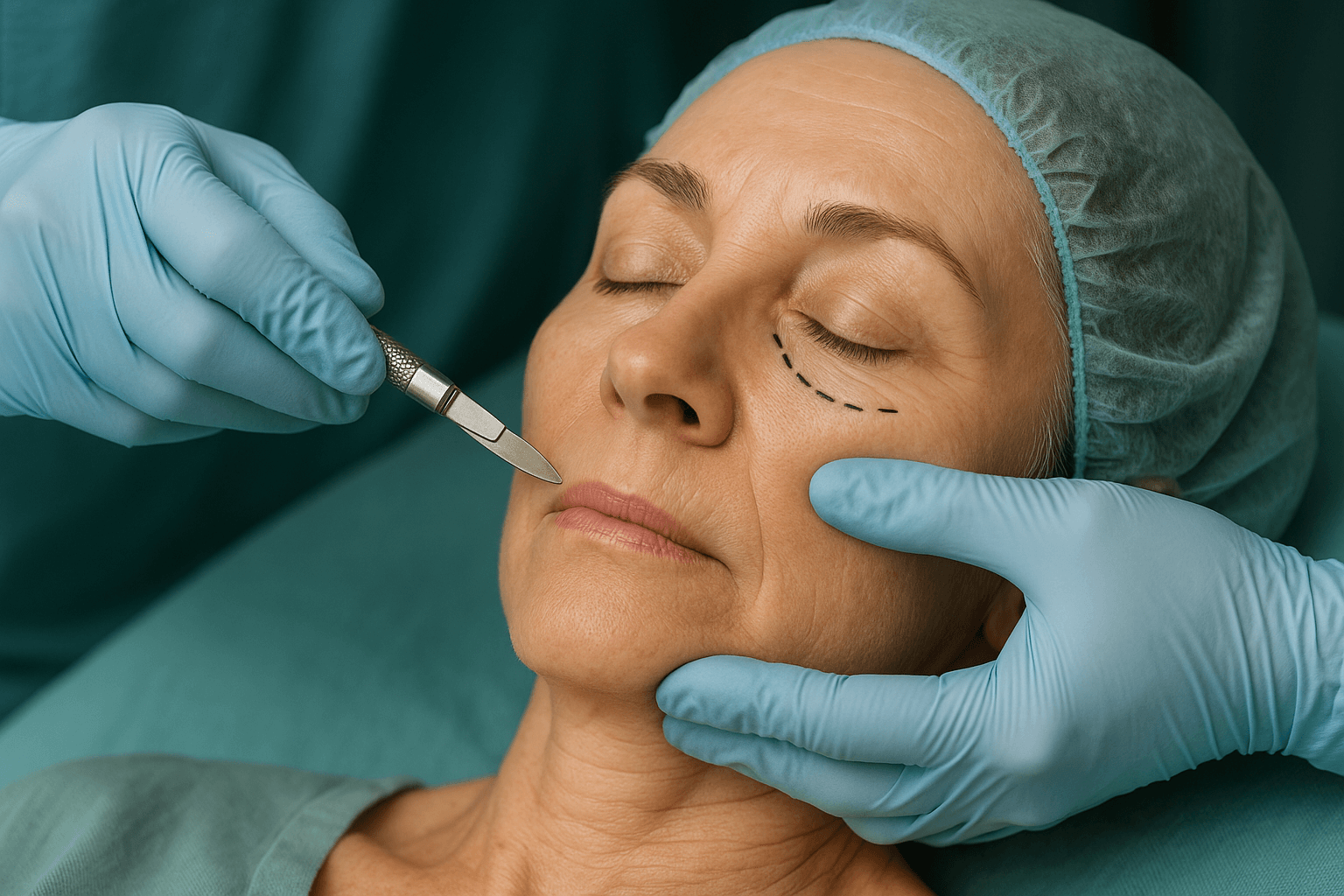From Eyelids to Whole Body: A New Era of Aesthetic & Diagnostic Integration
In the ever-evolving field of aesthetic medicine, the integration of advanced diagnostics and comprehensive treatment strategies has ushered in a new era of holistic patient care. Gone are the days when procedures were isolated to a specific body part or concern. Today, aesthetic professionals – especially specialists like Lower Blepharoplasty experts in Tucson – are leveraging cutting-edge technologies and integrative approaches that not only enhance physical appearance but also promote overall wellness and early disease detection.
The eyes, often referred to as the windows to the soul, are among the first areas to reveal signs of aging, fatigue, or even systemic health issues. Lower blepharoplasty, a procedure designed to address sagging lower eyelids and under-eye bags, exemplifies the seamless blend of artistry and medical science. But what sets today’s approach apart is how such targeted treatments fit into a broader understanding of the body’s interconnected systems.

Beyond Beauty: The Diagnostic Revolution
Aesthetic medicine is no longer confined to surface-level corrections. Advanced imaging technologies, like high-resolution ultrasound and 3D facial mapping, allow practitioners to assess not only the structural integrity of the skin and underlying tissues but also detect subtle changes that may indicate health risks. For instance, swelling or discoloration around the eyes might suggest circulatory issues or even early signs of thyroid dysfunction. By integrating diagnostic tools into consultations, experts can provide not just cosmetic solutions but also proactive health advice.
This holistic approach is especially crucial for procedures like lower blepharoplasty. In Tucson, renowned specialists are incorporating diagnostics such as tear film analysis and skin elasticity assessments before recommending surgery. This ensures that any intervention is not only aesthetically pleasing but also safe and tailored to the patient’s overall health profile.
Whole-Body Integration: From Eyelids to Cardiovascular Health
While it might seem like a stretch, the connection between aesthetic treatments and systemic health is becoming increasingly evident. The same advanced imaging tools used to map facial structures can now provide insights into vascular health, hydration levels, and even metabolic function. In fact, some clinics are pioneering protocols where aesthetic consultations include a full-body assessment, looking at factors like blood flow, muscle tone, and inflammatory markers.
For instance, laser technologies used in skin resurfacing and rejuvenation emit wavelengths that penetrate deep into tissues, stimulating collagen production while also potentially identifying areas of poor circulation. These findings can prompt referrals to other specialists, such as cardiologists or endocrinologists, creating a multidisciplinary approach to care.
Personalized Treatment Plans: Tailored for Body and Mind
The integration of aesthetic and diagnostic technologies has also transformed the way personalized treatment plans are developed. Today’s patients are no longer content with a one-size-fits-all approach. Instead, they seek comprehensive consultations that consider lifestyle factors, genetic predispositions, and long-term wellness goals.
Lower blepharoplasty, for example, is now often accompanied by a suite of complementary treatments such as platelet-rich plasma (PRP) therapy, lymphatic drainage massage, and nutritional counseling. This multifaceted approach not only enhances recovery but also addresses the root causes of tissue laxity and inflammation, such as poor hydration, inadequate sleep, or underlying hormonal imbalances.
In Tucson, experts are at the forefront of this trend, offering integrative services that blend aesthetic excellence with diagnostic precision. Patients leave not just looking refreshed but also equipped with actionable insights into their overall health.
Technology as an Enabler of Comprehensive Care
Cutting-edge devices, such as multispectral imaging systems and AI-driven diagnostic tools, are transforming aesthetic practices into centers of comprehensive care. These tools can analyze everything from skin texture and pigmentation to subcutaneous fat distribution and bone density. The data gleaned from these assessments empowers practitioners to make more informed decisions, customize treatments, and predict potential complications before they arise.
Moreover, wearable technology and telemedicine platforms are extending this integration beyond the clinic. Patients can now track their skin health, hydration levels, and even sleep patterns in real time, with data seamlessly shared with their aesthetic providers. This creates a continuous loop of feedback and adjustment, ensuring optimal results and long-term wellness.
The Future: Aesthetic Medicine as a Gateway to Preventive Healthcare
As the boundaries between aesthetic enhancement and preventive healthcare continue to blur, patients are beginning to view aesthetic clinics not just as places for cosmetic improvement but as vital components of their wellness journey. From eyelids to whole-body health, practitioners are embracing this expanded role, offering services that range from facial rejuvenation to cardiovascular screenings and metabolic assessments.
Lower blepharoplasty experts in Tucson are a shining example of this new paradigm. By combining surgical precision with advanced diagnostics and holistic care principles, they are setting a new standard in aesthetic medicine. Patients can expect not only to look their best but also to gain valuable insights into their health, enabling them to take proactive steps toward a longer, healthier life.


Comment (0)